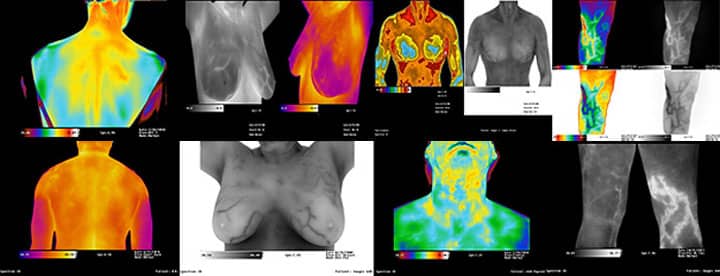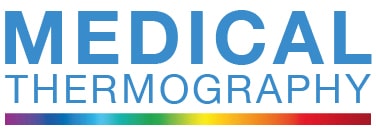Anatomy and Physiology

Physiology and anatomy are closely related fields within the biological sciences, yet they each have a very different focus on aspects of the human body. While anatomy deals with structure, physiology deals with function and the mechanisms that enable those parts to work together.
Anatomy is concerned with the physical structure of an organism, like the various organs, tissues, and systems that make up the body. Science gains knowledge about the size, location, and composition of different body parts, the arrangement of bones, muscles, organs, blood vessels, and nerves. By dissecting cadavers or using X-rays and MRI technology, anatomists can analyse the details of the body’s structure, how each organ works and interacts with other organs to achieve the functions necessary for the body to flourish in its environment.
On the other hand, physiology focuses on the processes that occur within the body. It’s concerned with the processes and systems, such as the cardiovascular, respiratory, and nervous systems, and how they maintain homeostasis ensuring the body’s overall well-being. Digestion, circulation, respiration, and hormone regulation are all physiological processes, the study of which helps to understand how the body adapts and responds to internal and external stimuli. For example, anatomists can identify the structure of the lungs, while physiologists investigate how oxygen is exchanged with carbon dioxide during respiration.
Importantly anatomy and physiology are interconnected and it’s not helpful to consider them as adversaries. A thorough understanding of anatomy is vital for understanding the processes in physiology. Without knowledge of an organism’s structure, it would be difficult to gain a grasp of how different organs and systems interact with each other and contribute to overall function of the body.
However, the medical technology used to visualise the anatomical structure in our bodies is very different to that used to visualise the physiological processes. For example, at Medical Thermography Ltd, we use Thermography to identify abnormal vascular activity through the heat patterns which are visible on the infrared light spectrum. Vascular activity (blood supply and flow) is a physiological process and if we compare it to the opposite (asymmetry) side of the body, it can alert us to abnormal activity, calling for further investigation.
